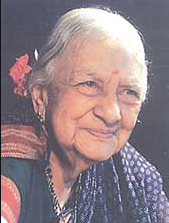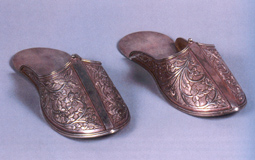
Art history/ Historiography, Interviews, Conversations, Organisation, Institution, Movement
Kamaladevi’s Vision of Handicraft Cooperatives: A Personal Narrative
Nanda, Gulshan
August, 2020
I write this memoir on the occasion of a celebration to commemorate the life of Kamaladevi Chattopadhyay, freedom fighter and visionary, for whom no hurdles were insurmountable. Kamaladeviji took upon herself many challenges, the task of rehabilitating refugees after the Partition of India being one of them. She overcame the turmoil of post-Partition to bring to life her vision of revitalising the crafts and looms of India in the spirit of cooperatives. She wanted to ensure that the refugees, for what they had gone through, lived with dignity and with self-esteem, not on charity.
In 1947, when India attained Independence, the situation of crafts and craftspersons was abysmal, even in those areas not directly affected by Partition. Highly skilled workers, who had earlier thrived on patronage, were now almost completely deprived of it. The British had just left India, and the royalty and nobility were not in a position to lavish favours. They had themselves lost their revenues, with kingdoms, princely states and fiefdoms becoming a part of the Republic. The movement of refugees to India completely disrupted the village economy where, earlier, products of different castes were bartered. The uprooted villagers went wherever they could find a place and settled down in jobs and crafts that may have been different from their earlier occupations.
Lakshmi Chand Jain—Lakshmi, to us all—a student leader and a Master’s student in Delhi University, gave up his education to volunteer with the relief operations set up for these refugees. He began by helping in Hudson Lines, one o...
This is a preview. To access all the essays on the Global InCH Journal a modest subscription cost is being levied to cover costs of hosting, editing, peer reviewing etc. To subscribe, Click Here.



